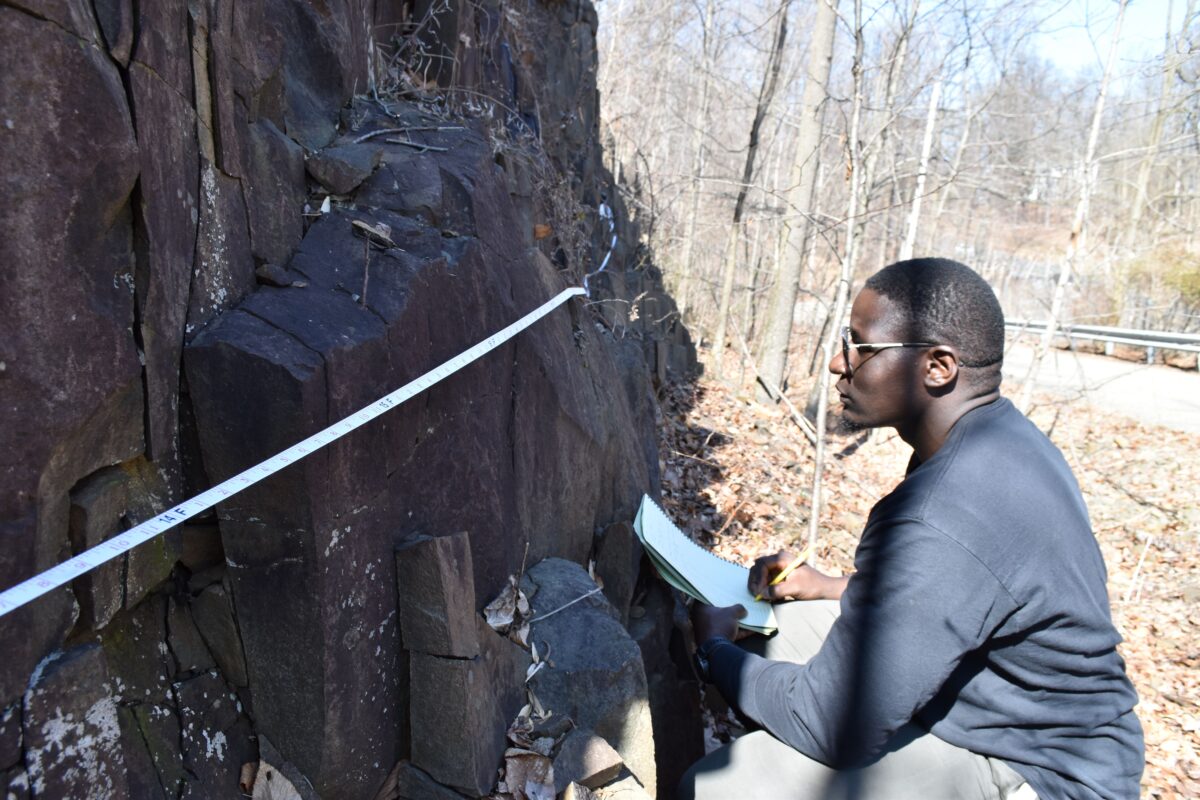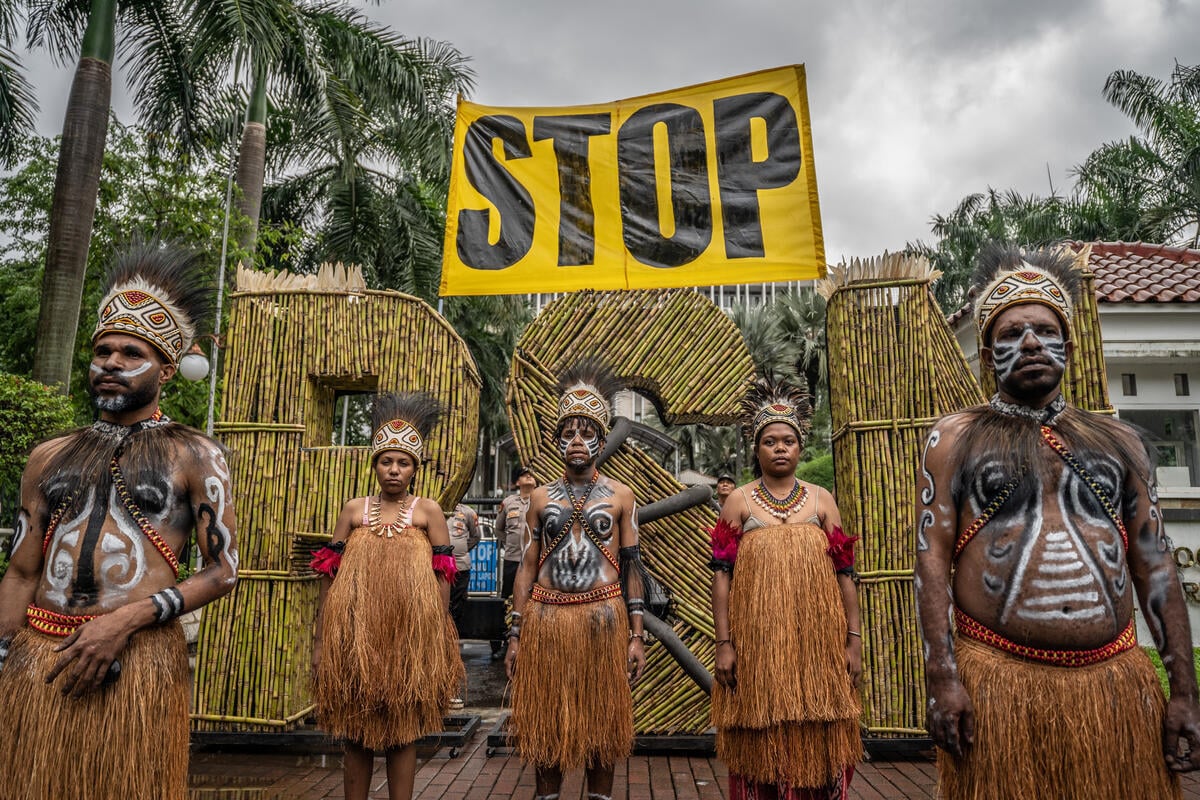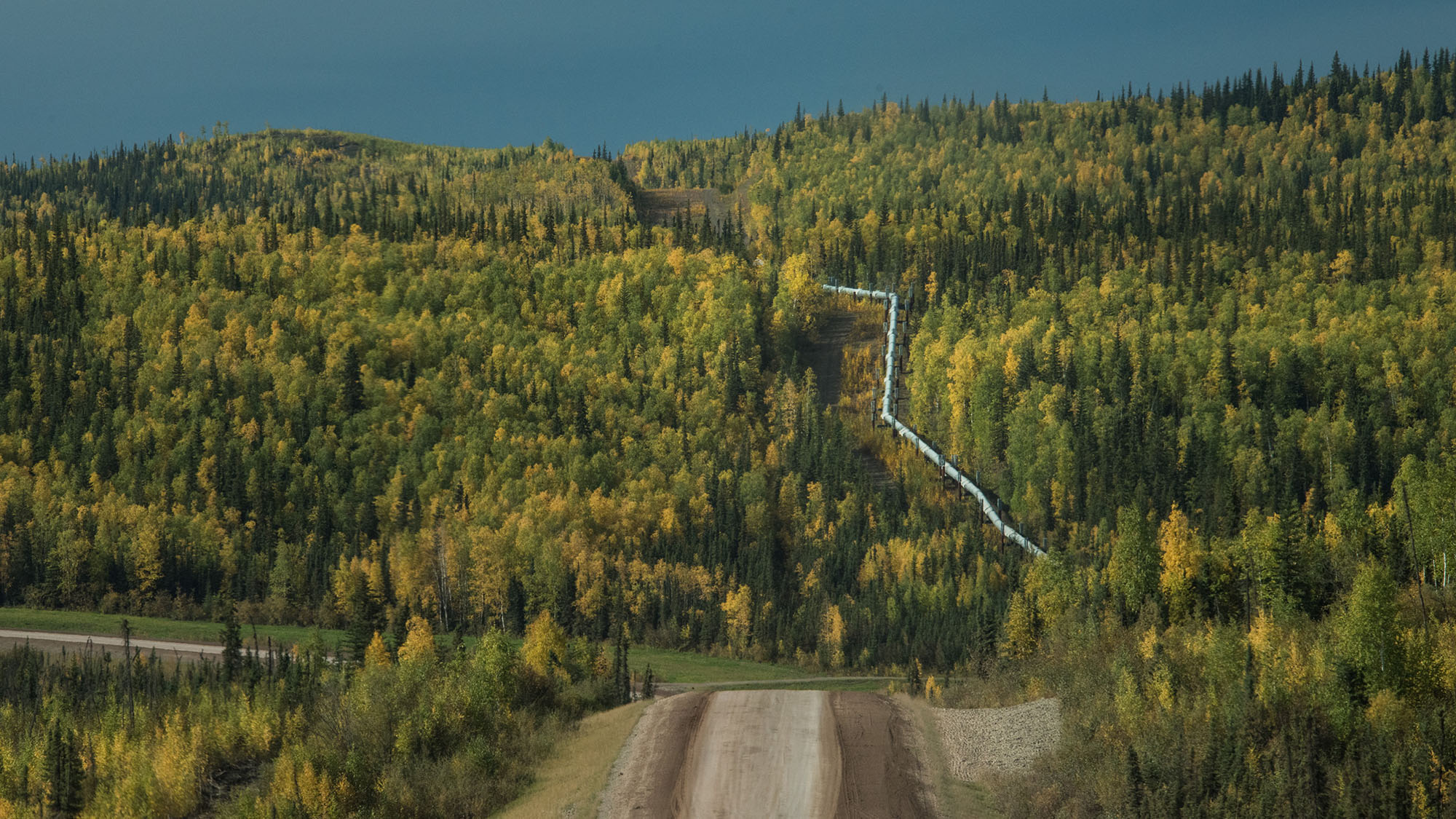Here is a guide to notable research presentations from the Columbia Climate School and its centers and affiliates at the Dec. 9-13 meeting of the American Geophysical Union, the world’s largest gathering of earth and space scientists. The meeting takes place at the Walter E. Washington Convention Center in Washington, D.C., and online across the globe. Talks here are in rough chronological order; times are U.S. Eastern. More info: science news editor Kevin Krajick, kkrajick@climate.columbia.edu | +1 917-361-7766
* * * * *
Are Terrestrial and Marine Heatwaves Connected?
Yianna Bekris, Noel Siegert, Lamont-Doherty Earth Observatory
Back-to-back talks examine the little explored question of whether heatwaves on land and at sea are related. Looking at data from 1940 to 2023, Bekris identifies co-occurring land and marine heatwaves along coastal areas, and finds they are significantly more intense than ones occurring on land or at sea alone. And, she says, the characteristics of marine and marine-terrestrial heatwaves are changing more rapidly than purely terrestrial ones. Siegert looked at data from 65 coastal cities and found that notable ocean warming often follows terrestrial heatwaves, though at some high-latitude locations, the reverse is true.
Bekris: Monday, Dec. 9, 9:20-9:30 | Salon A | GC11B-05
Siegert: Monday, Dec. 9, 9:40-9:50 | Salon A | GC11B-07
What Really Drives Migration From Africa and Central America?
Fabien Cottier, Center for Integrated Earth System Information
Existing narratives about human migration from Africa and Central America emphasize poverty, political violence and climate change. Cottier and colleagues say the evidence does not necessarily fit. Looking closely at border apprehensions in southern Europe and the United States, they say in many cases changes in information about migration routes and opportunities at destination countries are more at the root, along with the number of people from any given country already at a destination nation, suggesting a process that feeds on itself.
Monday, Dec. 9, 8:30-12:20 | Poster Hall B-C | ABSTRACT
What Will Finally Stop Forest Fires From Spreading?
Caroline Juang, Lamont-Doherty Earth Observatory
Despite the exponential growth of forest fires in the U.S. West, there are still plenty of areas left to burn. Is there any end in sight? Juang looks at what may finally stop fires from spreading in future decades. She says the factors include declines in remaining fuel availability, changes in fuel types, topography and future climate.
Monday, Dec. 9, 13:40-17:50 | Poster Hall B-C | ABSTRACT
Are California’s Aquifers Being Squashed Beyond Repair?
Stacy Larochelle, Lamont-Doherty Earth Observatory
Key California farm areas are sinking as farmers pump out groundwater. It has been assumed that aquifers can eventually be refilled with better management and moderately good weather. But Larochelle warns of a breaking point, where once-watery spaces may be permanently compacted and thus unable to recharge. Using satellite data and thousands of groundwater and geological measurements, she shows that in relatively wet 2016-2020, sinkage occurred in elastic pore spaces, suggesting potential for recovery. But during dry 2020-2022, compaction accelerated abruptly to more than a foot a year in places, suggesting irreversible collapse.
Monday, Dec. 9, 13:40-17:30 | Poster Hall B-C | ABSTRACT
How Will Climate Affect Infectious Diseases?
Jeffrey Shaman, Columbia Climate School
Shaman, interim dean of the Climate School, produced some of the key epidemiological studies during the Covid pandemic. In this talk, he will address wide-ranging factors that may play into how climate change affects the prevalence, transmissibility and geography of other infectious diseases. These include phenomena at the molecular, individual and population scales, and how these will potentially interact with weather and climate variability.
Tuesday Dec. 10, 9:06-9:15 | Ballroom A | U21A-05
‘Missing’ Submarine Volcanoes May Present Tsunami Hazard
Dallas Abbott, Lamont-Doherty Earth Observatory
The big 2022 underwater eruption of Hunga Tonga in the south Pacific was a reminder of the tsunami risk posed by active submarine volcanoes. Abbott says there may be a lot more than we think. Based on existing maps of hydrothermal vents and arc volcanoes, she estimates there are at least 160 “missing” active submarine volcanoes, including ones that have erupted in historical time for which no accurate record exists. If recent eruptions produced significant sulfate aerosols and tsunamis, it may be possible to locate them by matching ice-core sulfates with the dates of 298 tsunamis in the global historical tsunami database whose sources have never been identified.
Tuesday, Dec. 10, 13:40-17:30 | Poster Hall B-C | ABSTRACT
Lamont-Doherty Earth Observatory Reunion Party
This yearly reunion brings together hundreds of Lamont-Doherty Earth Observatory staff and alumni from across the world. Plenty of food and drink. Members of the press covering AGU are welcome—a unique chance to make contacts, hear informally about work in progress and have fun.
Tuesday, Dec. 10, 6:30-8:30pm | Washington Plaza Hotel, 10 Thomas Circle NW
Greenland Is Rising, But That’s Maybe Not Good
Lauren Lewright, Lamont-Doherty Earth Observatory
Sea levels around Greenland are falling, not rising, in part because it is shedding so much ice, the land is rebounding. But basically all Greenlanders dwell along the coasts, where falling water levels in already often shallow harbors may eventually hinder travel and fishing. Using a suite of data and models, Lewright and colleagues project that in the 21st century, levels could drop a startling 1.4 meters to 3.7 meters in places. They are combining these estimates with new high-resolution bathymetry maps to determine how specific communities will be affected and how they can cope.
Wednesday, Dec. 11, 8:40-8:50 | 202A | GC31E-02
Greenland Rising project web pages
Benefits From Mine Tailings?
Peter Kelemen, Lamont-Doherty Earth Observatory
Geochemist Kelemen has long been a leader in studies of how carbon may be stored underground by harnessing natural chemical reactions in certain kinds of rocks. His work extends to large inventories of mine tailings, which he thinks might do double duty by both reacting with carbon and yielding substantial amounts of previously unrecovered nickel and cobalt needed for renewable energy infrastructure. He describes novel methods for accomplishing this.
Wednesday, Dec. 11, 8:40-8:50 | 154A-B | GC31C-02
Mapping U.S. Rocks for Carbon Sequestration
Changing Sounds of the Tundra
Natalie Boelman, Lamont-Doherty Earth Observatory
Small groves of shrubby balsam poplars are scattered across the northern Alaska tundra, and these are expected to expand as the Arctic warms. To help understand potential ecological effects, Boelman and colleagues are studying life in these little islands using microphones that record the sounds of insects and birds. Among other things, they find a higher prevalence of bird activity in the groves versus tundra, and changes in insect life. The research is related to a larger tundra project to understand the effects of human presence using sounds processed by artificial intelligence.
Wednesday, Dec. 11, 9:10-9:20 | 151A | B31A-05
Unexpected Human Migration in the Ancient Arctic
Redmond Stein, Lamont-Doherty Earth Observatory
Some 4,500 years ago, the first known humans arrived at the Arctic’s furthest-north unglaciated area in northeastern Greenland. They disappeared, reappeared, then again mysteriously disappeared again, over thousands of years. A team has been working in this still unoccupied area to understand the environmental conditions that may have played a role. An unexpected result: people appear to have moved in during cold times and left during warm ones—the opposite of what conventional wisdom would suggest.
Wednesday, Dec. 11, 13:40-17:30 | Poster Hall B-C | ABSTRACT
Wandel Dal project website
Nanoplastics in Tap Water
Giovana De Loia, Lamont-Doherty Earth Observatory
Columbia researchers created a stir earlier this year when they showed that a single plastic water bottle can contain hundreds of thousands of nanoplastics—the tiny spawn of microplastics that have broken down even further, with unknown health consequences. Using the same new technique, they have turned their attention to tap water from across the United States. A preliminary study of New York City tap water finds plastics in it, and suggests particle numbers increase exponentially as sizes go down.
Wednesday, Dec. 11, 16:40-16:50 | 102 A-B | H34G-05
Huge Amounts of Nanoplastics Found in Bottled Water (Project lead: Beizhan Yan)
Environmental Costs of Rocket Launches
Kostas Tsigaridis, Goddard Institute for Space Studies
The number of rocket launches is skyrocketing (pun coincidental), as governments and companies send hundreds of satellites and other vehicles into space each year—numbers that will probably increase exponentially in coming years. With rockets getting bigger all the time, each launch produces huge, unregulated emissions of soot, NOx, carbon monoxide and other substances. And, with increasingly crowded skies, emissions of metals and other materials from debris re-entering the atmosphere may rival emissions from launches. Tsigardis will discuss state-of-the-art modeling of how this may affect all levels of the atmosphere, including effects on climate.
Thursday Dec. 12, 8:44-8:47 | eLightning Theater 1 | A41F-04
Could Climate Change Send Deadly Cold to the Tropics?
Radley Horton, Columbia Climate School
The northern jet stream normally runs more or less in a straight line, separating cold polar air from warm air to the south. But climate change has been blamed for creating giant wobbles in the stream, bringing heat waves to temperate latitudes in the wobbles’ peaks, and cold waves to their troughs. Horton and colleagues say there may be future instances when severe cold waves could penetrate all the way into the tropics, where people have no protection. They explore the potential mechanisms, and identify regions that may be susceptible.
Friday, Dec. 13, 9:04-9:12 | 202B | A51D-05
Can We Store Carbon Off the U.S. Northeast?
Jack Turney, Lamont-Doherty Earth Observatory
Some forms of volcanic basalt are thought to hold great potential for converting carbon emissions to solid minerals, and there may be a great deal of it in the seabed off the New York/New Jersey metro region. But these formations have never been definitively mapped nor sampled. A new project is using high-resolution aeromagnetic and gravity surveys combined with preexisting satellite and seismic data to map offshore distribution of basalts that could be drilled, and possibly used to pump in emissions from power plants, industrial facilities and other point sources along the coast.
Friday, Dec. 13, 13:40-17:30 | Poster Hall B-C | ABSTRACT
Article about the project
Source link
Kevin Krajick news.climate.columbia.edu



